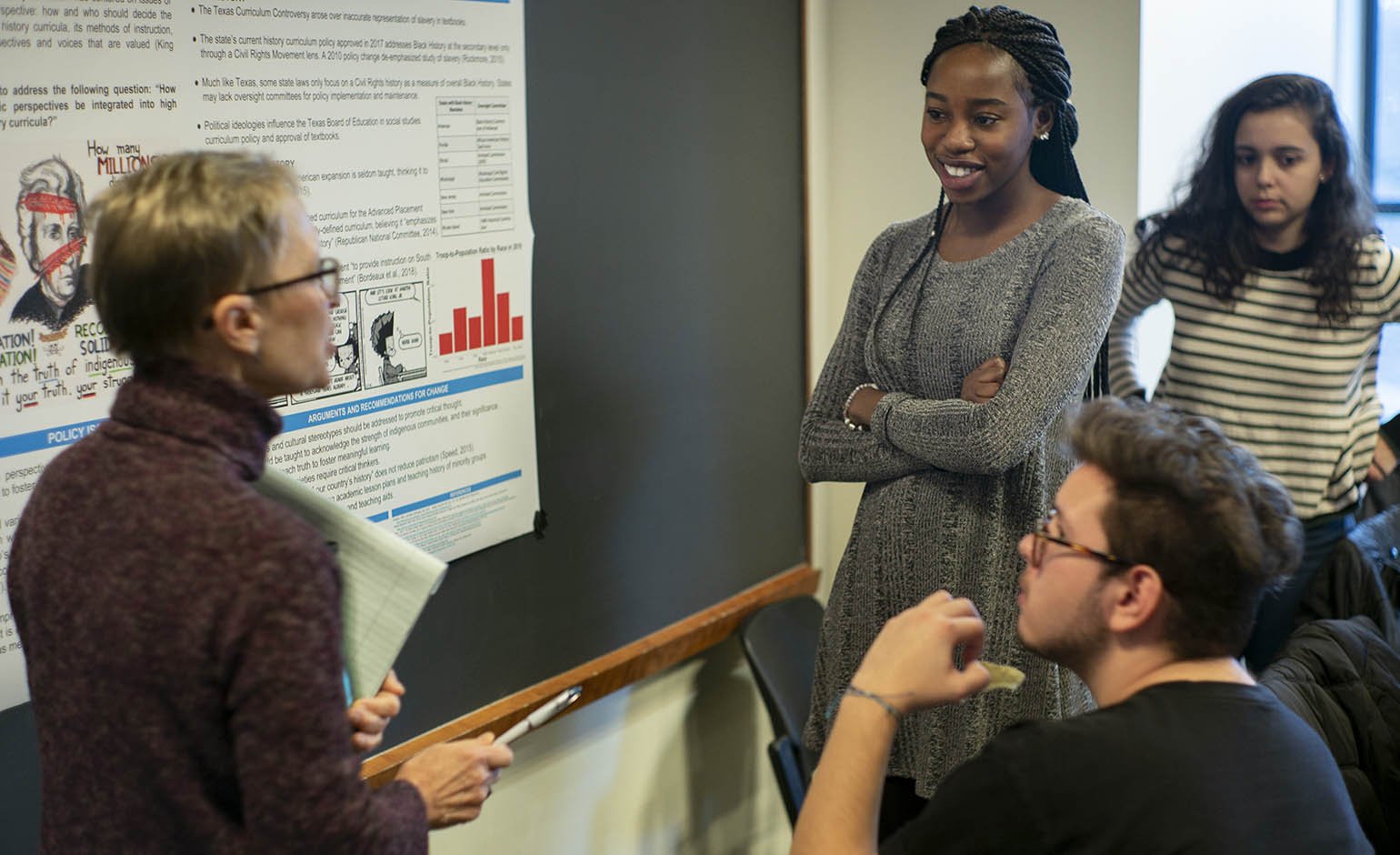Here are the reflections of a few faculty members in their own words:
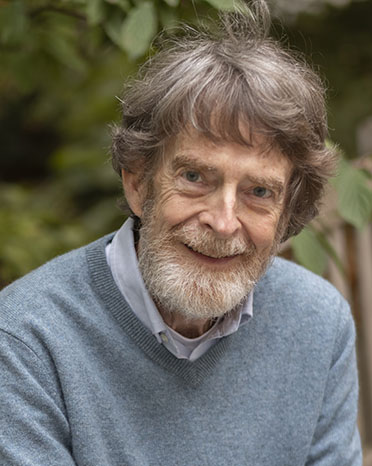
Craig Williamson
Swarthmore is a place where people care about learning, about reading books and exchanging ideas, about trying out arguments and testing hypotheses, about engaging in dialogue with people who hold a diversity of views. It's a place where cultures come together in a community, where opinions are shared and ideas are shaped and reshaped.
It's a place where learning goes on in the classrooms, in professors' offices, in the labs and lunch lines, in dorm-room discussions, on the stage and in the studios. It's a place where an old and sometimes hidden Quaker ethos emphasizes that everyone has something important to say, something to share, some inner light to inspire and delight us.
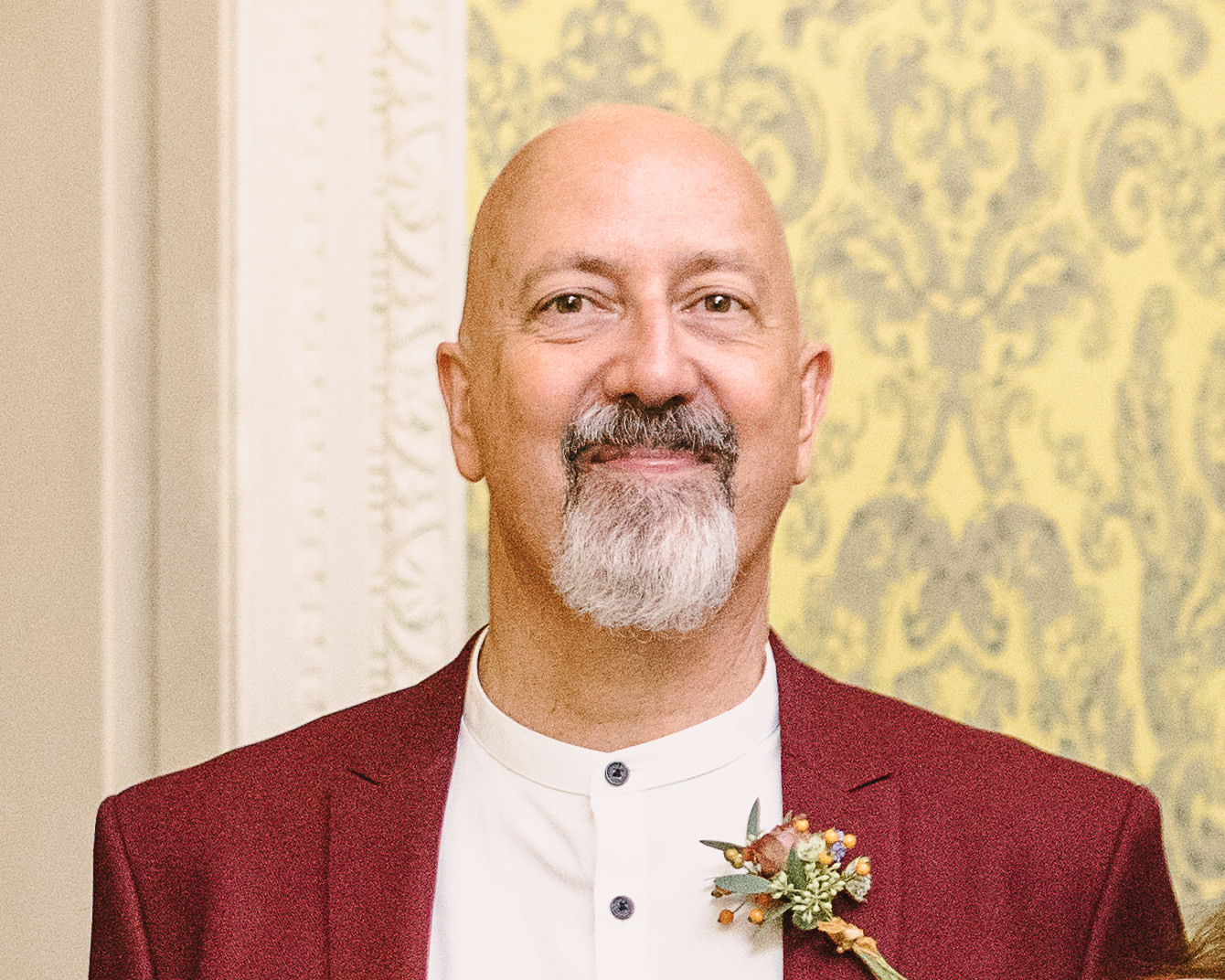
Michael Brown
For me, one of the most rewarding aspects of being a faculty member at Swarthmore is to revel in the success of our graduates. When I go to a scientific conference, inevitably I'll meet a former student eager to share their latest work. At the annual American Physical Society meeting, I can expect to find perhaps 20 former research and seminar students at various stages in their careers. Recently, I gave a lecture at the physics department at MIT and former student Matt Landreman '03 was there in the audience. He has already had a remarkable career as a Rhodes Scholar, MIT Ph.D., and now a postdoctoral fellow. It was great fun to catch up and have a chat as scientific peers.
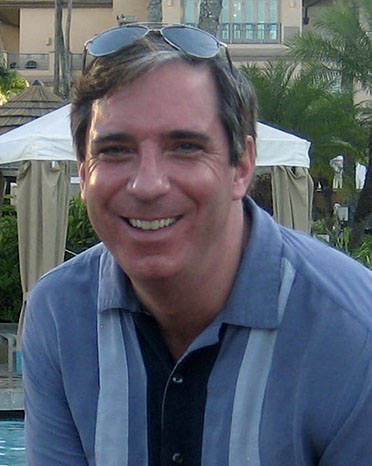
Andrew Ward
At Swarthmore College, like no other institution I know, one has the sense that every member of the community is committed to the common good. It is a place where the passionate pursuit of knowledge goes hand in hand with the desire to improve the lives of others. There is a spirit of optimism that pervades the institution and infuses its denizens with the sense that the future is indeed bright.
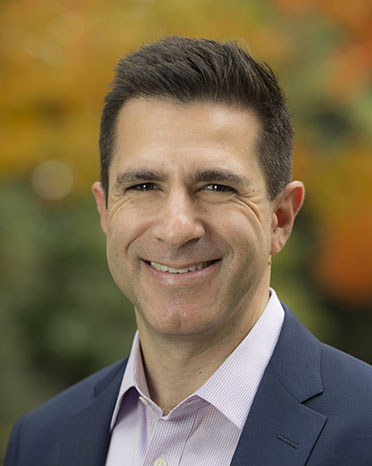
Ben Berger
Executive Director of the Lang Center for Civic & Social Responsibility and Associate Professor of Political Science
Swarthmore, to me, means "bubble navigation." Faculty, administration, and students lovingly cultivate and celebrate our academic "bubble," a self-contained world of ideas, languages, numbers, formulae, hypotheses, and dreams. I love thinking, talking, and walking with colleagues and students in our classrooms, dining spaces, or campus, or walking by myself in our idyllic Crum Woods. The bubble embodies a liberal arts treasure. But we faculty and students spend a great deal of time, thought, and energy leaving the bubble and traversing its surface as well. By train we are 22 minutes from the world-class city of Philadelphia and the University of Pennsylvania; by shuttle we are 20 minutes from sibling schools Haverford and Bryn Mawr; and by car, bus, or shuttle, we are just a few minutes from our partner community of Chester, Pa., where many of our students and faculty join residents and leaders to improve socioeconomic conditions and quality of life. Of course, our study-abroad programs, sponsored internships, and faculty research voyages remind us that the entire world can be an extension of our campus, just as our campus comprises an extension of the entire world. The bubble calls to us with its promise of intellectual immersion, ethical inquiry, and burgeoning knowledge. The world outside the bubble beckons just the same, promising a different kind of riches that expand our horizons and enhance our formal studies. Navigating the terrain, choosing among treasures, and finding ways to blend them together: those comprise Swarthmore's distinctive practice and virtue, both for faculty and students.
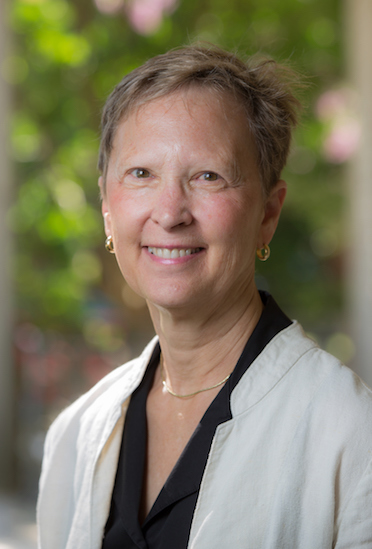
Diane Anderson
Please do not tell the Board of Managers, but I might teach here for free. This story is but one example of why: I was teaching my Literacies Research Seminar and early in the term, Mark walked in before class and told me I really needed to see the YouTube video "Kittens! Inspired by Kittens!" He cued it, I watched it, we laughed. Then we showed it to the class. They watched it, they laughed.
"Kittens! Inspired by Kittens" quickly became an internet sensation. It is a home video of a young girl re-narrating photos of kittens at play and in poses in an informational book. In the meantime it became a touchstone for the dense theories we were studying.
The next week the topic was Bourdieu's theories in literacy learning. Someone referenced "Kittens!" as an example of his theory of habitus and we watched it again. "Kittens!" brought the theory to life in a way that was both apt and memorable.
The following week's topic was theories of identities in literacy learning. Someone referenced Maddie's identity in "Kittens!" and we watched it again.
The next week we considered Bakhtin's theories of utterance and intertextuality. "Kittens!" again. You can see where this went.
Eventually, I walked into class one day and said, "Who wants to write an extra paper?" They all said "Yes!" Thus was born our collaborative paper: "'Kittens! Inspired by Kittens!': Undergraduate theorists inspired by YouTube." Our paper was published a year later in Language Arts, a journal of The National Council of Teachers of English.
Yes, I would do this for free.
